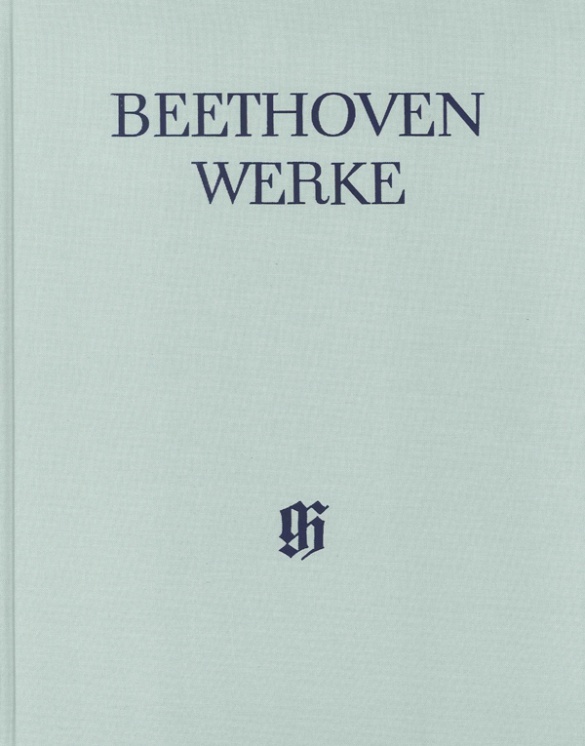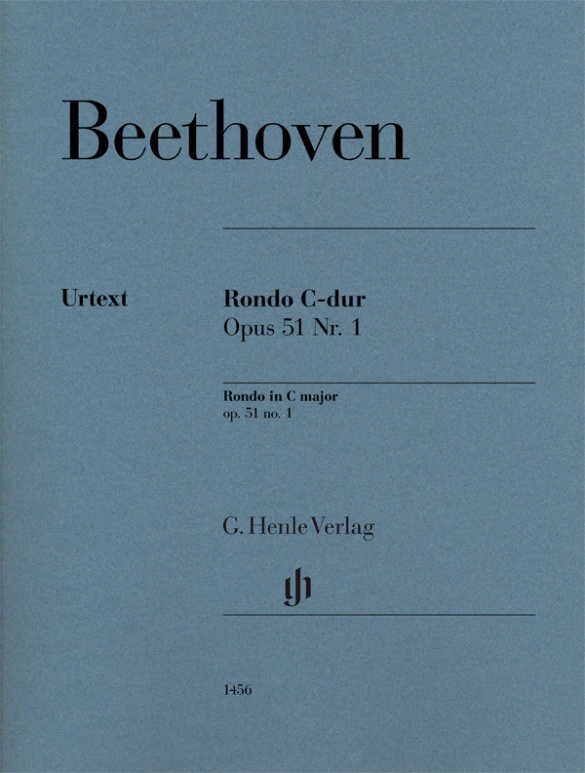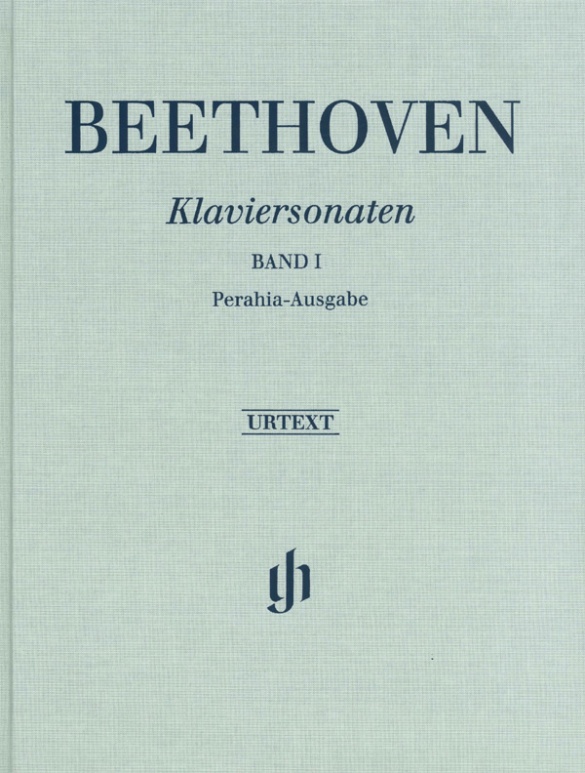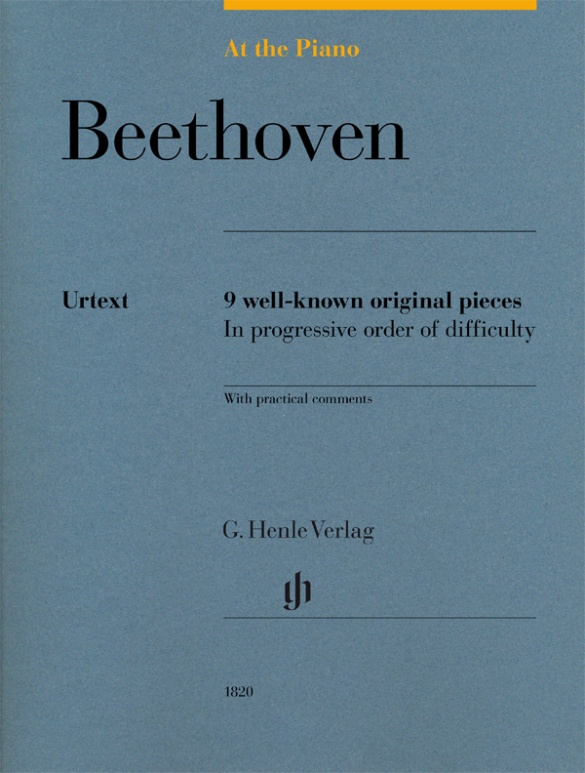

Ludwig van Beethoven
At the Piano - 9 well-known original pieces
Beethoven’s 32 piano sonatas are the “New Testament” of music, according to Hans von Bülow. Our selection here does not take things quite so solemnly, because we have also taken the opportunity to show the more “worldly” side of the composer, with dances, bagatelles, the unusual character piece “Lustig und traurig” (“Happy and sad”), and of course the indestructible “Für Elise”. As usual in our series “At the piano”, all the pieces are arranged progressively from easy to medium level of difficulty. And you do not have to be in awe of Beethoven’s piano sonatas either: the highly Classical sonata in G major (essentially a sonatina) offers an ideal introduction to the many-facetted world of Beethoven’s sonatas. In contrast to this, we also show Beethoven the “poet at the piano”, with the first movement of his “Moonlight” Sonata in c-sharp minor, along with the funeral march from the Sonata in A-flat major – visionary creations that already point far ahead into the world of Romanticism.
Content/Details
About the Composer
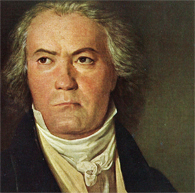
Ludwig van Beethoven
No composer has had as profound and sustained an influence on immediately following generations to the present day as Beethoven. His instrumental music, especially his symphonies, served as touchstones for symphonic composition throughout the nineteenth century. The extraordinarily high standard of his music and his relative independence as a freelance composer have led to his being characterized as the greatest composer of all time.
About the Authors
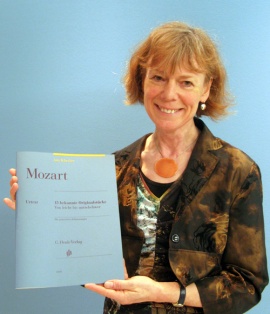
Sylvia Hewig-Tröscher (Editor, Fingering)
Since then, as a solo pianist and chamber musician, her concert activities have led her to Germany, Switzerland, France, Italy, Austria, America, Egypt, India, Korea, and
Product Safety Informations (GPSR)

G. Henle Verlag
Here you can find the information about the manufacturer of the product.G. Henle Verlag e.K.
Forstenrieder Allee 122
81476 München
Germany
info@henle.de
www.henle.com
At The Piano is an excellent series for students and teachers. Those who fancy learning a major composer’s ‘piano favourites’ will really enjoy working their way through each book. G. Henle have combined a scrupulous ‘pure’ score with plenty of valuable information, offering a fascinating glimpse into the history and style of each composer.
Melanie Spanswick, 2018推荐
autogenerated_cross_selling
本书目其他版本


